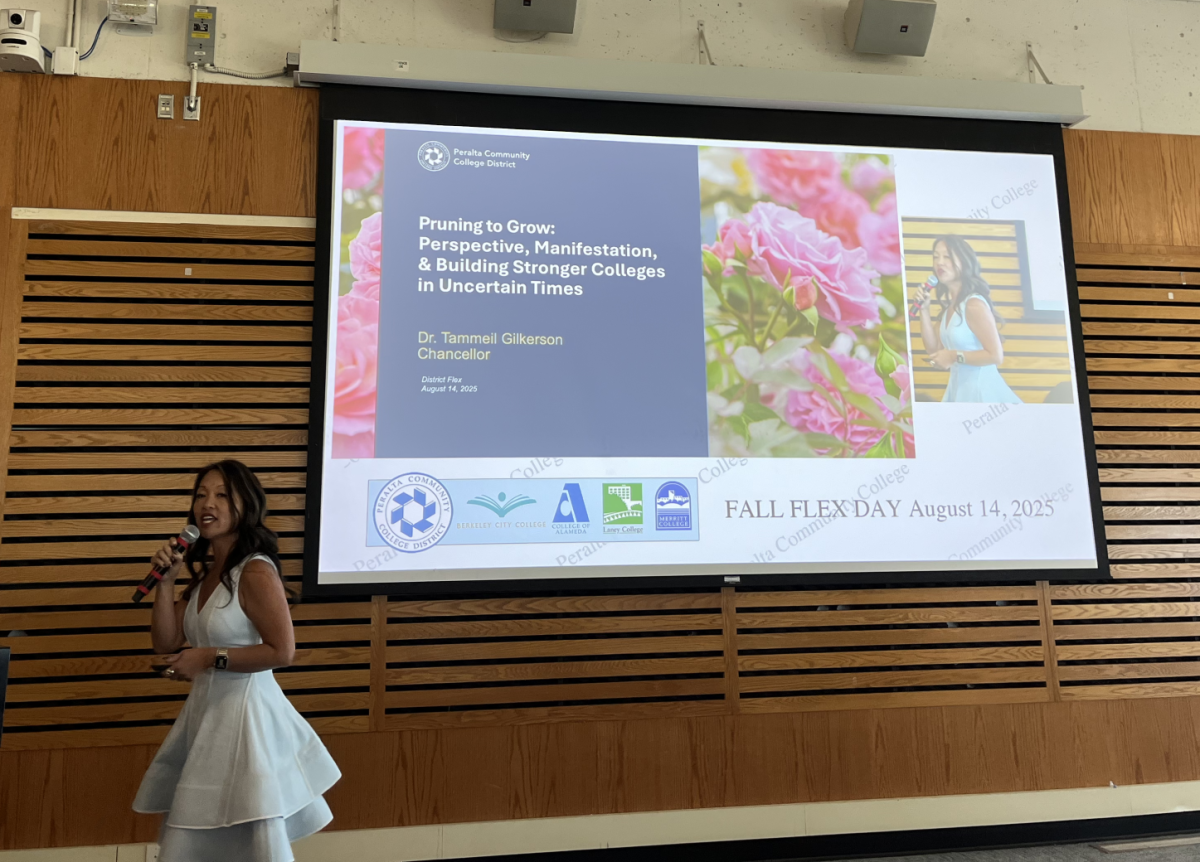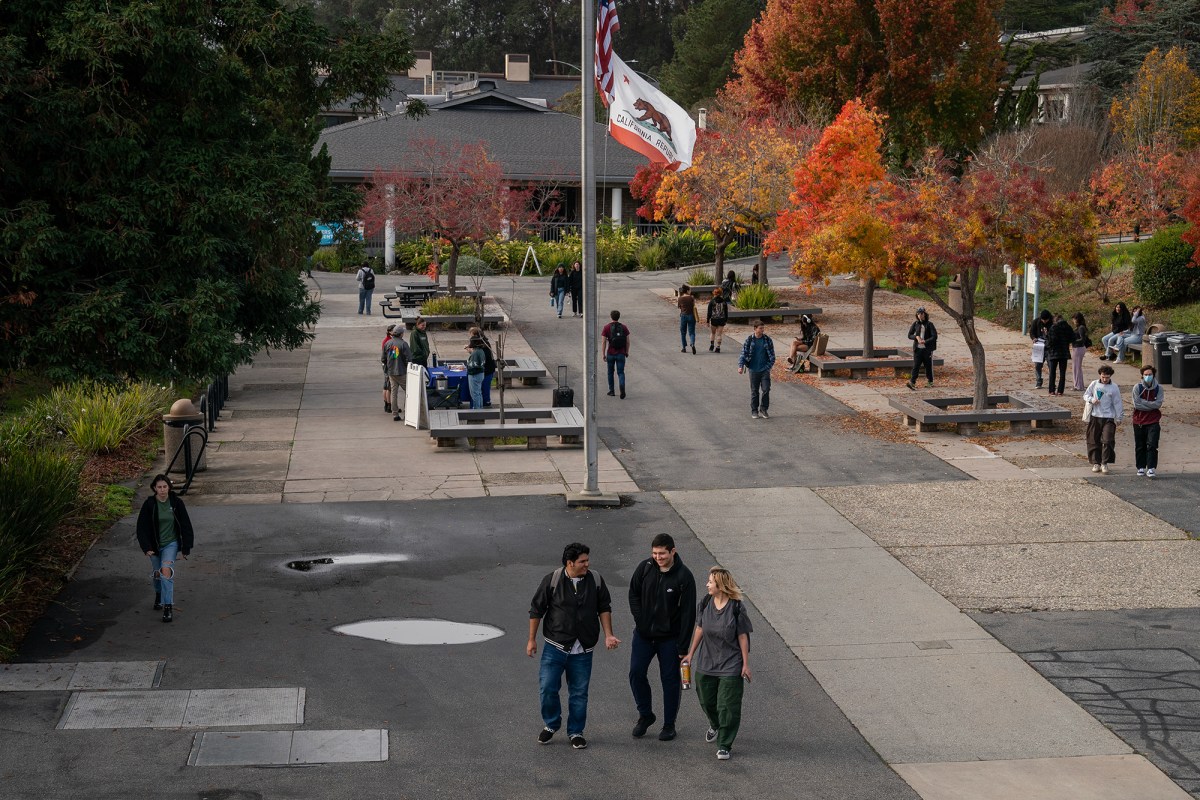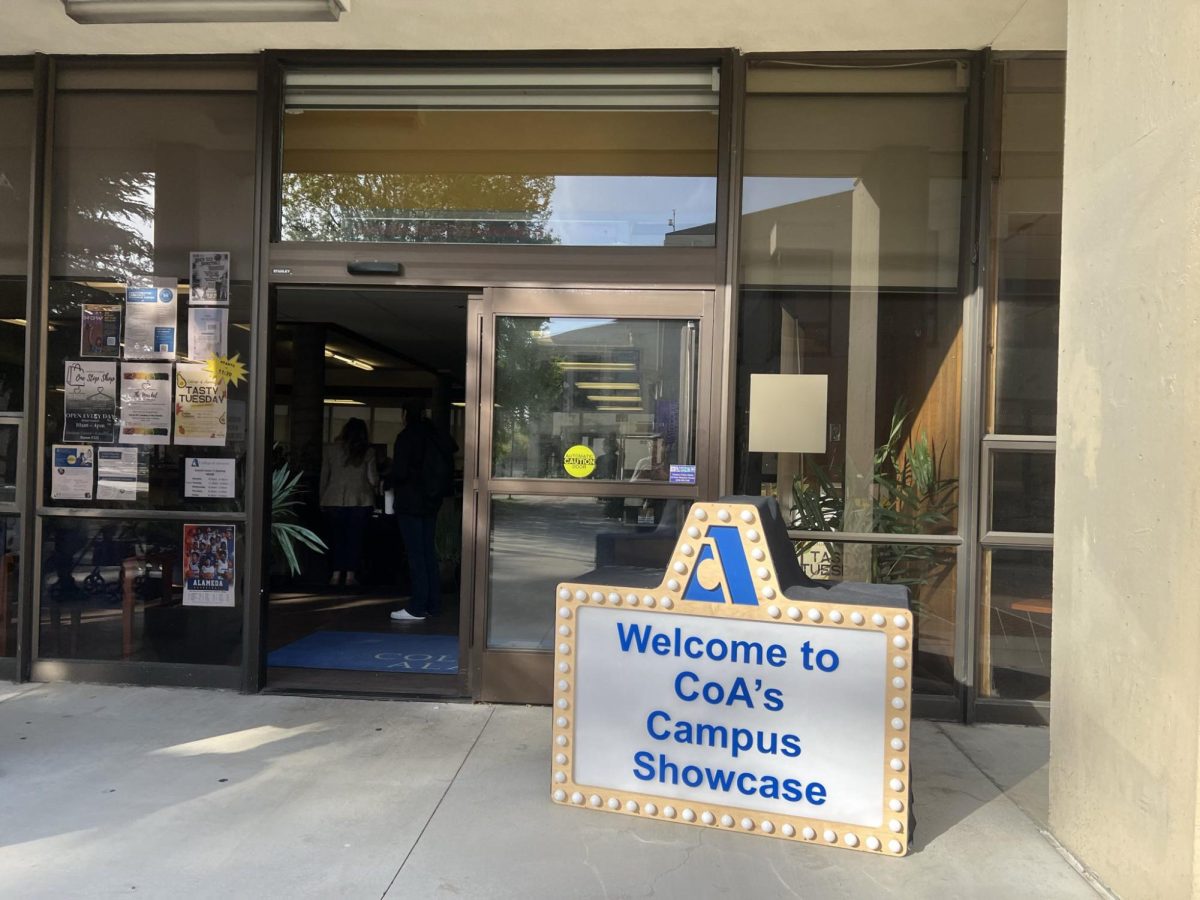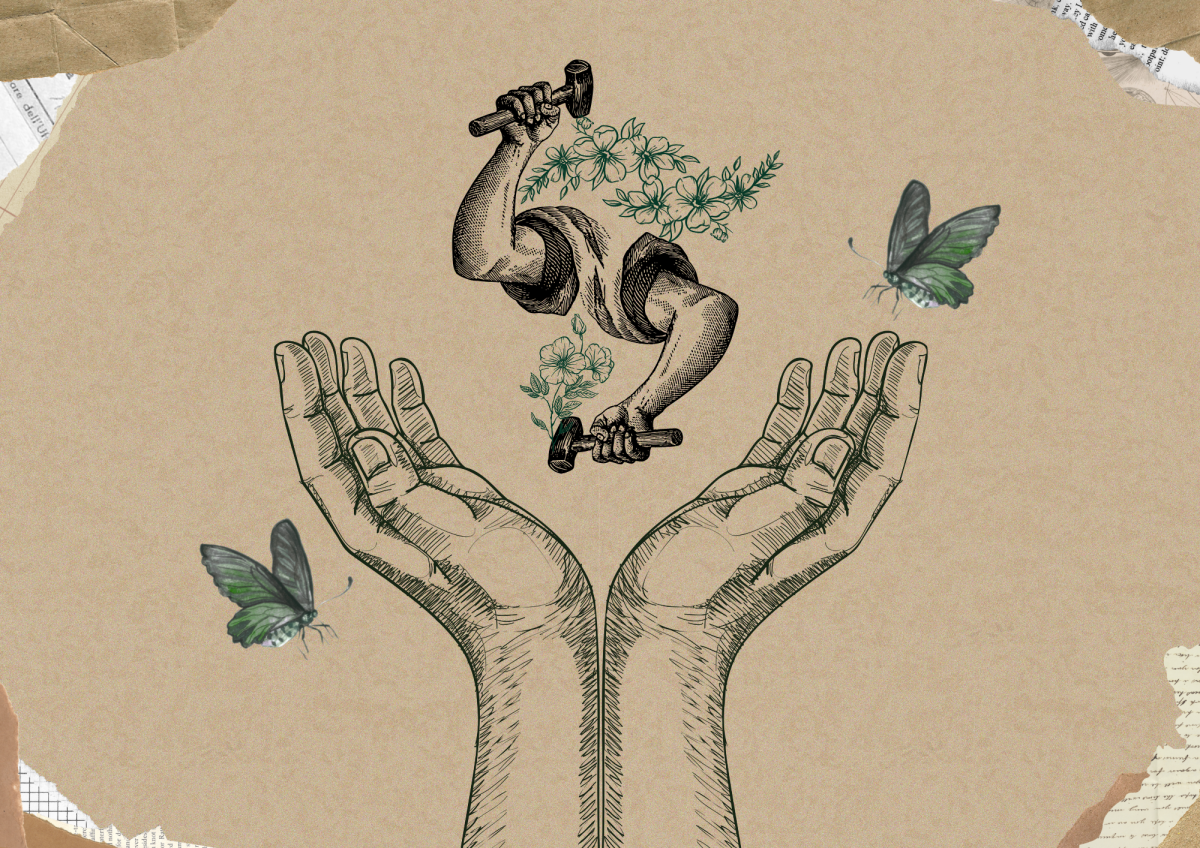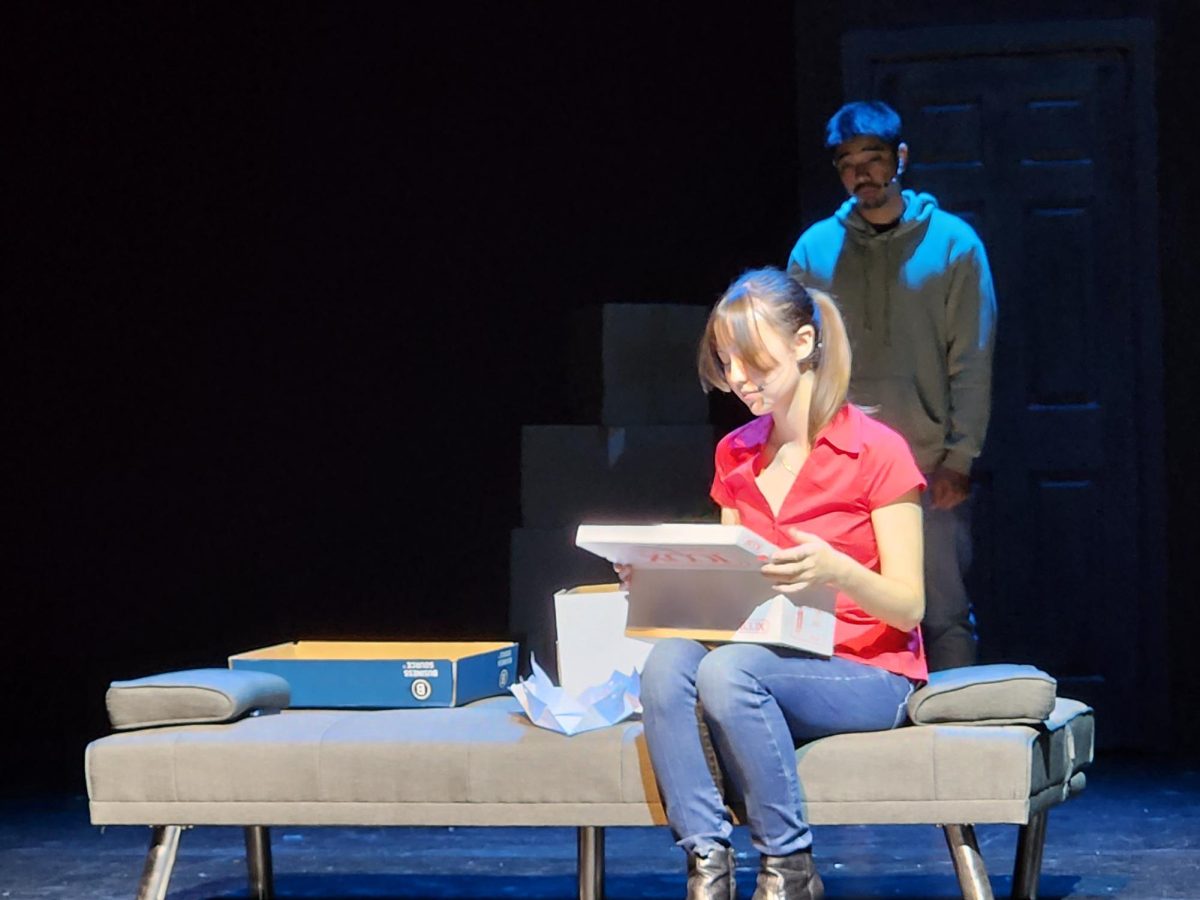by Sydney Toth
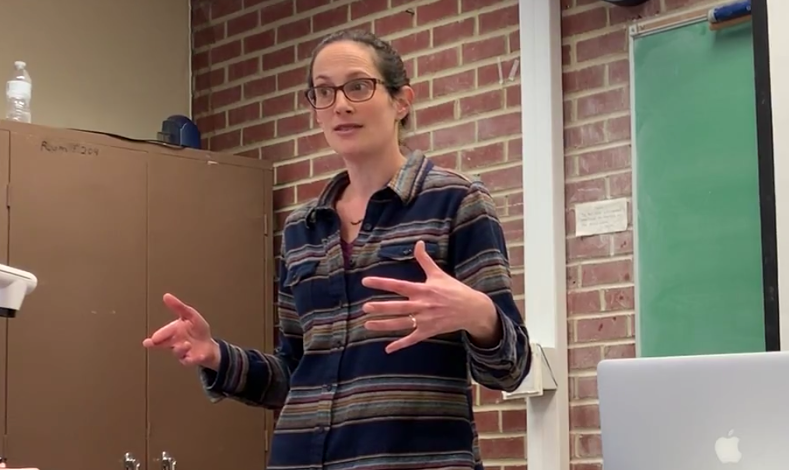
One of the tricks to making the subject of a documentary film interesting is to look for the personal within it, according to New York Times video journalist Emma Cott.
She presented some of her experiences in the world of journalism to the Survey of Mass Media class on March 5. In doing so, she left a room full of aspiring journalists with newfound belief that they, too, can find their breakthrough point.
Since receiving her master’s degree from the University of California Berkeley Graduate School of Journalism in 2009, Cott has focused her craft on a wide range of domestic coverage, from healthcare and robotics to the alt-right white supremacy movement.
A background in public health has allowed Cott to reach a diverse audience domestically and internationally. Her seven-year career has focused on projects that give a platform to the underserved. The film “New American Soldier,” released in 2009, landed her with a Student Emmy, and the film was shown in festivals across the country.
As part of her presentation, Cott played a clip of her 2012 film “The Waiting Room,” which gives audiences behind-the-scenes look at the Emergency Room of Oakland’s Highland Hospital. The film illuminates some of the issues facing the medical system, and how the emergency room is in fact used as a primary care facility for many low-income patients.
The healthcare system may not favor a patient’s best interest, which is evident from the film. Many patients wait for hours, and the film also reveals a lack of doctor-patient relationships. Without access to full time medical assistance, waiting at the emergency room becomes the last resort for families in need.
Another project, called “Robotica” from 2015, is an eye-opening, six-part docu-series that covers various aspects of the relatively new science of robotics.
“Capturing the human element is one of the most important features of film,” Cott said. When it comes to robotics, it may seem challenging to find the humanity. Cott, however, does so in a breathtaking way.
One episode, titled “The Bionic Man,” follows the life of Les Baugh, who lost both his arms as a teenager in a tragic accident. This emotional episode uncovers the obstacles to independence that come along with such a loss, such as learning how to cook, clean and drive.
Thanks to robotic technology, Baugh is working with John Hopkins University to test out prosthetic arms that can be controlled with his mind.
In another clip of her work, Cott showed an alt.-right documentary that had a very different tone, and exhibited her ability for reporting on uncomfortable or even dangerous circumstances.
”It was hard to give a platform to individuals with such hateful perspectives,” she said.
During her investigation, she was able to uncover a major scandal tied to alt-right leader Richard B. Spencer, and her delivery of the material was both educational and critical of the movement.
Seeing someone else facing tough issues gave student-journalists an insight on some of the underlying challenges a reporter must navigate to get the real stories.
The full-length videos can be watched online, at the New York Times website. www.nytimes.com/by/emma-cott

